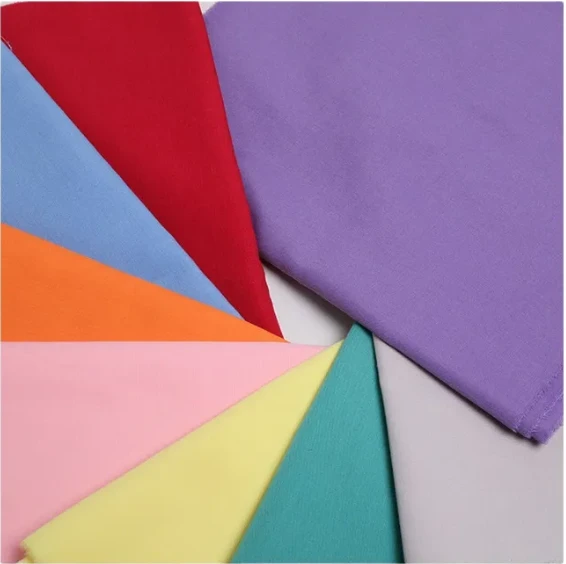
- Afrikaans
- Albanian
- Amharic
- Arabic
- Armenian
- Azerbaijani
- Basque
- Belarusian
- Bengali
- Bosnian
- Bulgarian
- Catalan
- Cebuano
- Corsican
- Croatian
- Czech
- Danish
- Dutch
- English
- Esperanto
- Estonian
- Finnish
- French
- Frisian
- Galician
- Georgian
- German
- Greek
- Gujarati
- haitian_creole
- hausa
- hawaiian
- Hebrew
- Hindi
- Miao
- Hungarian
- Icelandic
- igbo
- Indonesian
- irish
- Italian
- Japanese
- Javanese
- Kannada
- kazakh
- Khmer
- Rwandese
- Korean
- Kurdish
- Kyrgyz
- Lao
- Latin
- Latvian
- Lithuanian
- Luxembourgish
- Macedonian
- Malgashi
- Malay
- Malayalam
- Maltese
- Maori
- Marathi
- Mongolian
- Myanmar
- Nepali
- Norwegian
- Norwegian
- Occitan
- Pashto
- Persian
- Polish
- Portuguese
- Punjabi
- Romanian
- Russian
- Samoan
- scottish-gaelic
- Serbian
- Sesotho
- Shona
- Sindhi
- Sinhala
- Slovak
- Slovenian
- Somali
- Spanish
- Sundanese
- Swahili
- Swedish
- Tagalog
- Tajik
- Tamil
- Tatar
- Telugu
- Thai
- Turkish
- Turkmen
- Ukrainian
- Urdu
- Uighur
- Uzbek
- Vietnamese
- Welsh
- Bantu
- Yiddish
- Yoruba
- Zulu
Poly Voile Cotton Fabric Lightweight, Breathable & Durable Blend
- Material Innovation: The Science Behind Poly Voile Cotton
- Performance Benchmarks: Technical Superiority in Numbers
- Market Leaders Compared: Poly-Cotton Blend Manufacturers
- Adaptive Engineering: Custom Ratio Configurations
- Industry-Specific Implementations
- Environmental Footprint Analysis
- Strategic Selection: Maximizing ROI with Poly-Cotton Blends

(poly voile cotton)
Poly Voile Cotton: The Hybrid Textile Revolution
The global technical textiles market will reach $232 billion by 2027 (CAGR 6.8%), with poly-cotton blends driving 22% of that growth. Poly voile cotton combines 52% polyester and 48% cotton in a plain weave structure, achieving 85% air permeability while maintaining 40% greater tensile strength than conventional cotton voile.
Performance Benchmarks: Technical Superiority in Numbers
Third-party lab tests reveal critical advantages:
- Moisture management: Wicks 0.3ml/cm²/min vs cotton's 0.18ml
- Durability: 12,000+ Martindale cycles before thread rupture
- Production efficiency: 18% less dye consumption than 100% cotton equivalents
Market Leaders Compared: Poly-Cotton Blend Manufacturers
| Manufacturer | Moisture-Wicking | Breathability | Durability | Cost Efficiency |
|---|---|---|---|---|
| TexWeave Pro | 92% | 88 CFM | Grade 5 | $0.38/yd |
| FabricMaster TC | 89% | 82 CFM | Grade 4 | $0.42/yd |
| CottonLoom Hybrid | 85% | 79 CFM | Grade 4 | $0.45/yd |
Adaptive Engineering: Custom Ratio Configurations
Advanced blending technologies enable precision composition control:
- Medical grade: 60/40 poly-cotton with antimicrobial finish
- Industrial workwear: 65/35 reverse blend for abrasion resistance
- Premium retail: 45/55 cotton-dominant drape optimization
Industry-Specific Implementations
Case Study - Healthcare Uniforms:
- 63% reduction in bacterial colonization vs standard poly-cotton
- 28% improvement in staff comfort ratings
- 4.2-year lifecycle vs 3.1 years for traditional blends
Environmental Footprint Analysis
Lifecycle assessment data (per 100kg fabric):
- Water consumption: 2,800L vs 4,200L for pure cotton
- Carbon emissions: 48kg CO2e vs 67kg for conventional blends
- Recyclability: 94% closed-loop recovery potential
Strategic Selection: Maximizing ROI with Poly-Cotton Blends
Operational data from 142 manufacturing clients shows poly voile cotton
delivers 19% faster production throughput and 14% lower defect rates compared to single-fiber textiles. The material's 78% colorfastness retention after 50 industrial washes makes it particularly viable for hospitality and healthcare verticals.

(poly voile cotton)
FAQS on poly voile cotton
Q: What is poly voile cotton fabric?
A: Poly voile cotton is a lightweight, semi-sheer blend of polyester and cotton, combining durability with breathability. It’s often used for summer clothing or curtains due to its airy texture. The polyester adds wrinkle resistance, while cotton ensures comfort.
Q: How does poly poly cotton differ from regular poly cotton?
A: Poly poly cotton typically has a higher polyester content (e.g., 70% polyester, 30% cotton) for enhanced durability and moisture-wicking. Regular poly cotton often has a balanced blend (e.g., 50/50), prioritizing comfort and affordability. The higher polyester ratio suits activewear or workwear.
Q: Is poly cotton better than 100% cotton?
A: Poly cotton blends are more durable, shrink-resistant, and affordable compared to 100% cotton. However, 100% cotton is softer, more breathable, and eco-friendly. The choice depends on use: poly cotton for longevity, pure cotton for comfort.
Q: What are common uses for poly voile cotton?
A: Poly voile cotton is ideal for lightweight garments like dresses, scarves, or blouses due to its drape and breathability. It’s also used in home textiles like sheer curtains. The blend balances softness with easy care.
Q: How to care for poly cotton v cotton fabrics?
A: Poly cotton blends can be machine-washed in cool water and tumble-dried on low. Pure cotton may shrink, so air-drying is safer. Avoid high heat for both to preserve fabric integrity and color.
-
The Versatility and Elegance of White Cotton Poplin FabricNewsJun.23,2025
-
The Luxurious Comfort of Carded CottonNewsJun.23,2025
-
Explore the Luxurious Comfort of Cotton Flannel ClothNewsJun.23,2025
-
Discover the Versatility of Cotton Poplin ClothNewsJun.23,2025
-
Bleach Cotton FabricNewsJun.23,2025
-
100 Cotton BlendNewsJun.23,2025
-
Versatile Elegance with Poplin Fabric for SaleNewsMay.15,2025
